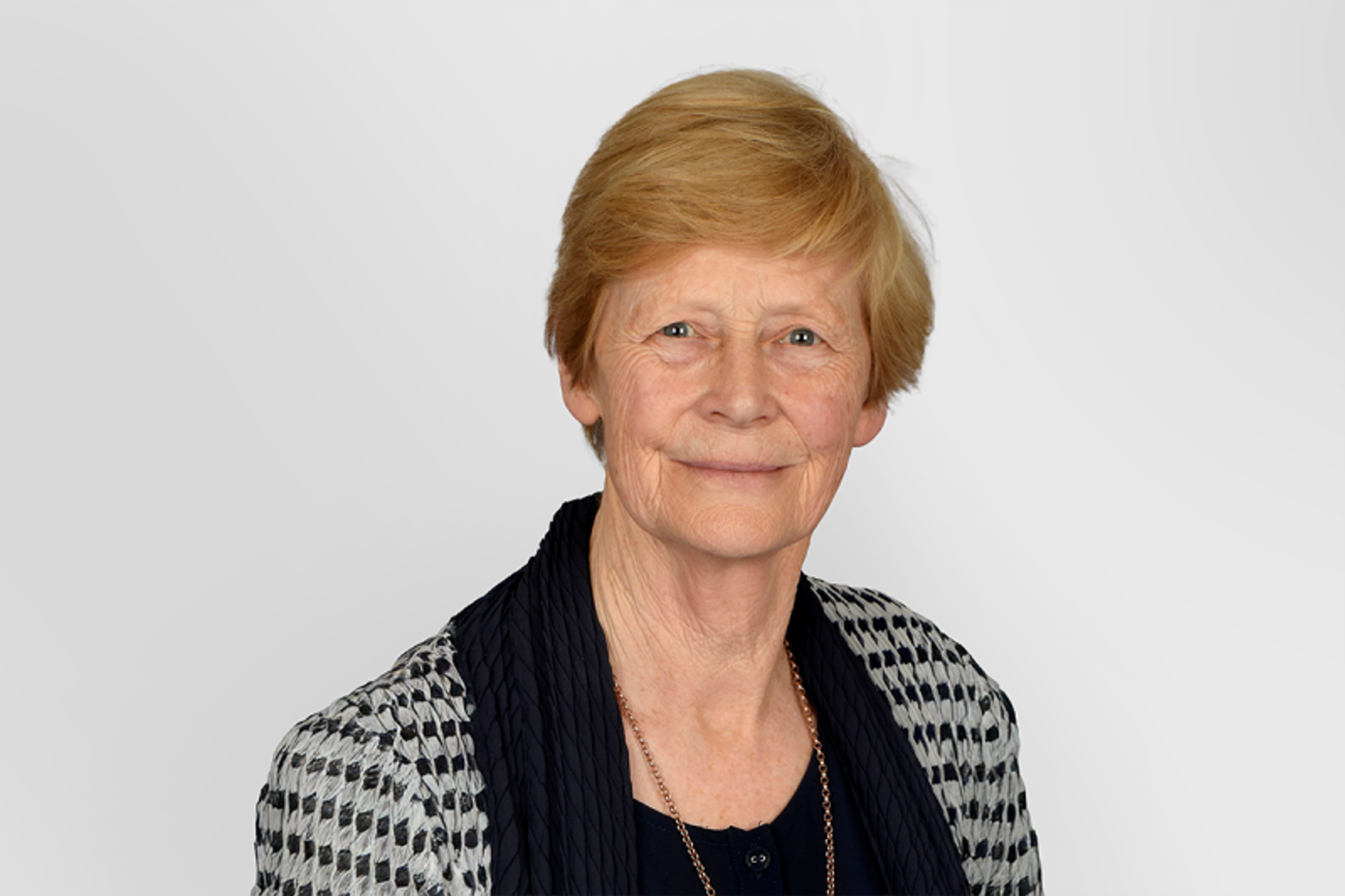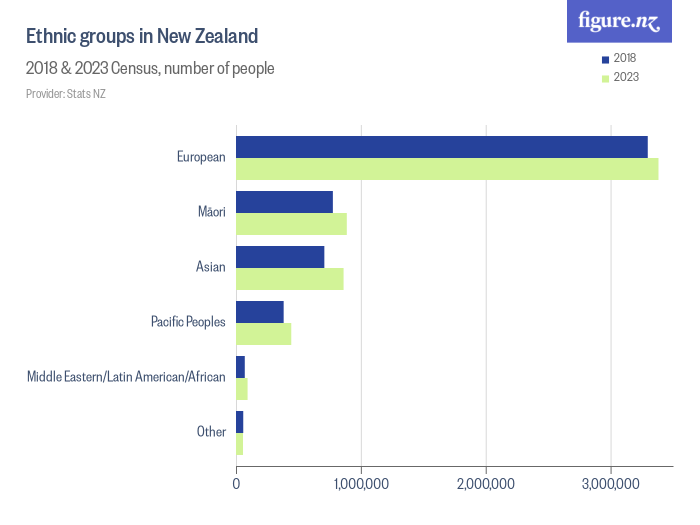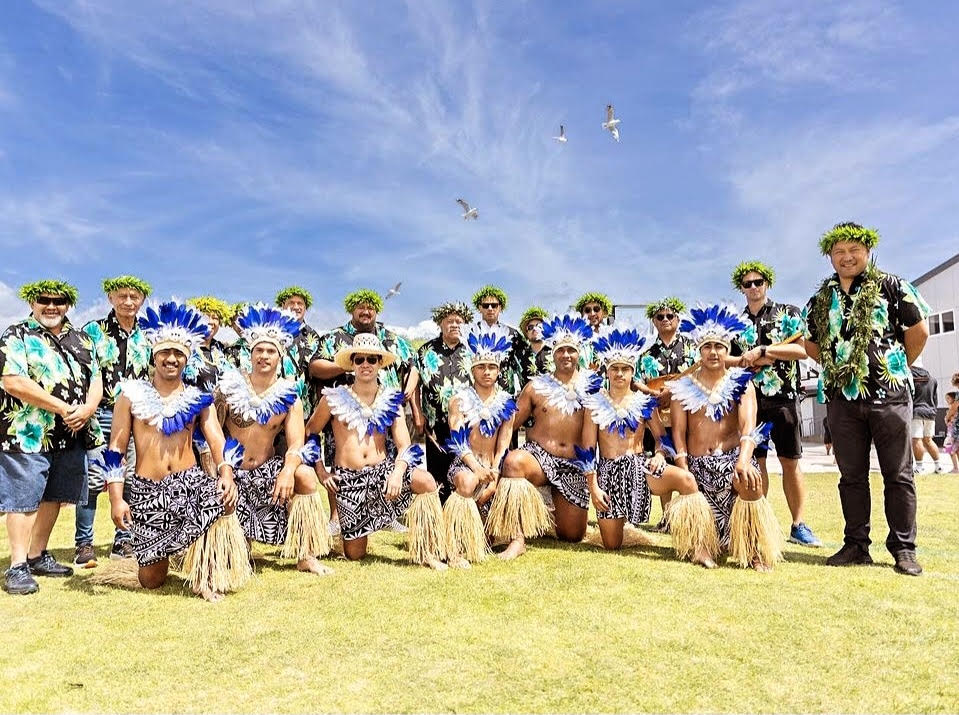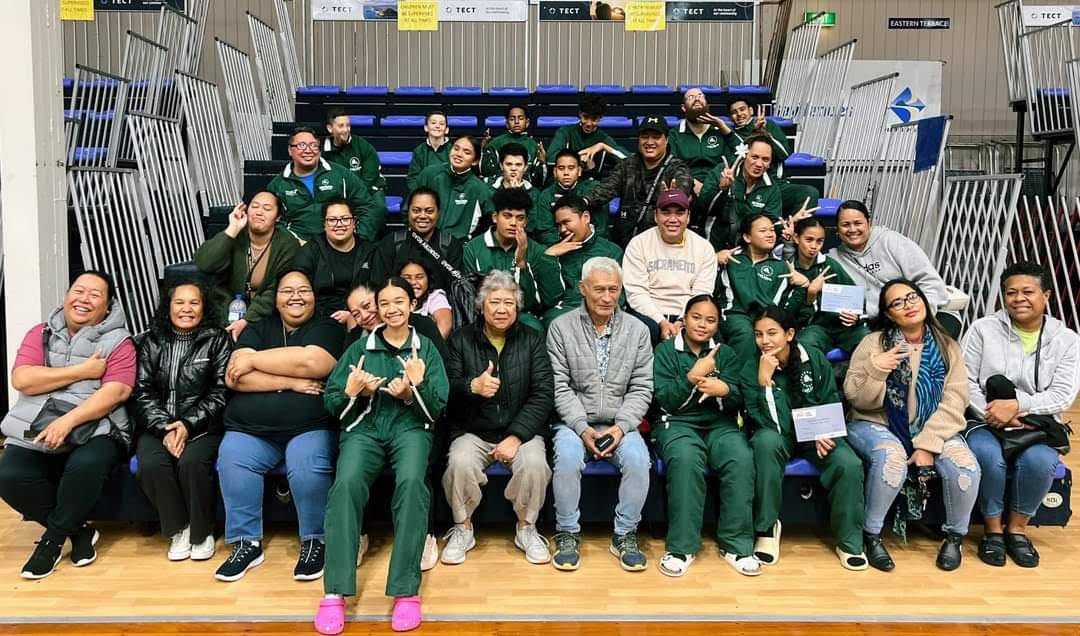

Photo/Google Earth
Where are our Pacific populations in NZ?
The 2023 Census shows the regional hotspots where some Pacific communities are choosing to congregate.



Pacific eyes on rising US strikes in Venezuela amid deaths at sea




Pacific eyes on rising US strikes in Venezuela amid deaths at sea

Our Pacific population is growing, and new figures show in which areas they’re putting down roots.
In the 2023 Census, 442,632 people or 8.9 per cent of the population identified as having Pacific heritage, this is a steady increase from 8.1 and 7.4 per cent in the 2018 and 2013 censuses.
More than quarter of a million Pacific peoples (275,079) make up 16 per cent of Auckland's population, with the top five electorates being Māngere-Ōtāhuhu (47,463, 60 per cent), Ōtara-Papatoetoe (42,381, 49 per cent), Manurewa (39,450, 40 per cent), Maungakiekie-Tāmaki (20,190, 26 per cent) and Henderson-Massey (27,669, 22 percent).

Image/Figure.nz
Stats NZ senior analyst Rosemary Goodyear says the figures show how diaspora have formed communities in different regions.
“Auckland is home to almost three quarters of the Tongan and Niuean population, and almost half of the Tokelauan population live in Wellington.
“While Samoa is the largest Pacific group in most regions … in Gisborne, Tonga's actually the largest Pacific ethnic group and Cook Islands Māori were the largest in the Bay of Plenty.”

The PICT Cook Islands cultural performance group was set up in 2022. Photo/Supplied
Pacific Islands Community Trust Bay of Plenty chair Bevan Rakoia said their historic link goes back to one of the first migration waka that landed on the East Cape.
“The Tākitimu is one of the great Polynesian voyaging canoes symbolizing the shared ancestry and migration stories that tie Cook Islands and Māori history to New Zealand.”
Rakoia said employment opportunities in primary industries such as health and education have been major drivers of migration
“A significant part of this migration is tied to the Cook Islands labour mobility community, which plays a vital role in the horticulture sector, helping to support the region's thriving kiwifruit industries.”
He said many family have chosen to settle in suburbs such as Mount Maunganui, Te Puna, Tauranga, Papamoa and Te Puke, and a cultural dance and tivaevae group was formed in 2022.
“Families that have chosen to make this region home have woven themselves into the fabric of the community … for example, Cook Island teams regularly compete in the AIMS Games and a youth rugby team attends training camps at Mount Maunganui.”

Cook Islands teams have made their mark in Bay of Plenty sports event. Photo/PICT
Further inland and to the west, Gisborne’s Pacific Islands Community Trust general manager ‘Alaimaluloa Toetu'u-Tamihere said the local lifestyle is attractive.
“In Tonga, people grow agricultural items such as green bananas, watermelon, taro crops and for the taro leaves to make lu or palusami, well, here in Tairāwhiti, those grow here in abundance when the season is permitting.
She believed the region’s abundance of wildlife is also a factor.
“There's also fishing and hunting, which our people really love and are drawn to, there is also access to pig farms. You know how Tongan people enjoy a good roast pig or pork on a Sunday?” she laughed.
“Life is very similar to the islands, you can go out and gather shellfish … so there’s a huge draw for a high number of Tongans to Tairāwhiti.
“There's also work here in the orchards and the farms, which some of our people are attracted to, as they don't want to work in an office or be stuck between four walls.”
Toetu’u-Tamihere believed Samoan families were some of the first Pacific ethnicities to settle in the area before other groups followed suit.
"We have the Mataele family who are descendants of Tai, one of the most well-known rugby union players in his time from Fasi moe Afi. His son is here and we have the Tuilautalas, we have the Panuves, Theodosia Niania Panuve moved here and established the Trust."
The Gisborne PICT has diverse representation, with chair Mona Ferris of Fijian descent and deputy chair Pauli Ma’afu a former Ikale Tahi player.
Further down the country
The Pacific population in Porirua is 15,753 (26.5 percent), with many Tokelauan families influenced by the late Niu Sila Mataio Taupe who migrated here in 1959, setting up the Atafu Tokelau Community Group.
Also worth noting is Dunedin, with 5,037 people with Pacific heritage and Ōamaru with previous reports of Pacific people making up a quarter of the population and a strong Tuvaluan community.
However, the majority of the Pacific population is now born in New Zealand, and the Pacific reproductive rate is strong, said Goodyear.
“So generally, we've seen that Pacific people have larger families, and they're also more likely to be living in families with children.
“Pacific women had the highest total fertility rate, that was at 2.19 births per woman … higher than Māori and European populations in terms of fertility rates.
In the last census, European women had a total fertility rate of 1.75 births, and Asian women had the lowest at 1.4.
Economy and workforce
The median personal income of those working in New Zealand was $41,500, an increase of more than 30 per cent since 2018.
More information will be released on employment and incomes next month, but Goodyear said the figures need to be considered against the median age, where a large amount of the Pacific population are children and youth.
“Around half the population is under 25. So that's pretty different to the rest of New Zealand where around half the population's around 38.
“From the last census, there's higher proportions of community and personal service occupations, laboring, managers and lower professionals.
“So it's gonna have lower home ownership rates, it's going to have higher unemployment rates just because of their age distribution of the population.”

Image/Figure.nz
Language continues to grow
The census also showed the number of Pacific language speakers has increased, said Goodyear.
“Samoan is the third-most widely spoken language in New Zealand, which has over 110,000 speakers at the time of the 2023 census (101,937 in 2018).
“We also have around 38,000 (35,820 in 2018) people who can speak the Tongan language and just about 8,500 people who are speaking the Fijian language.”